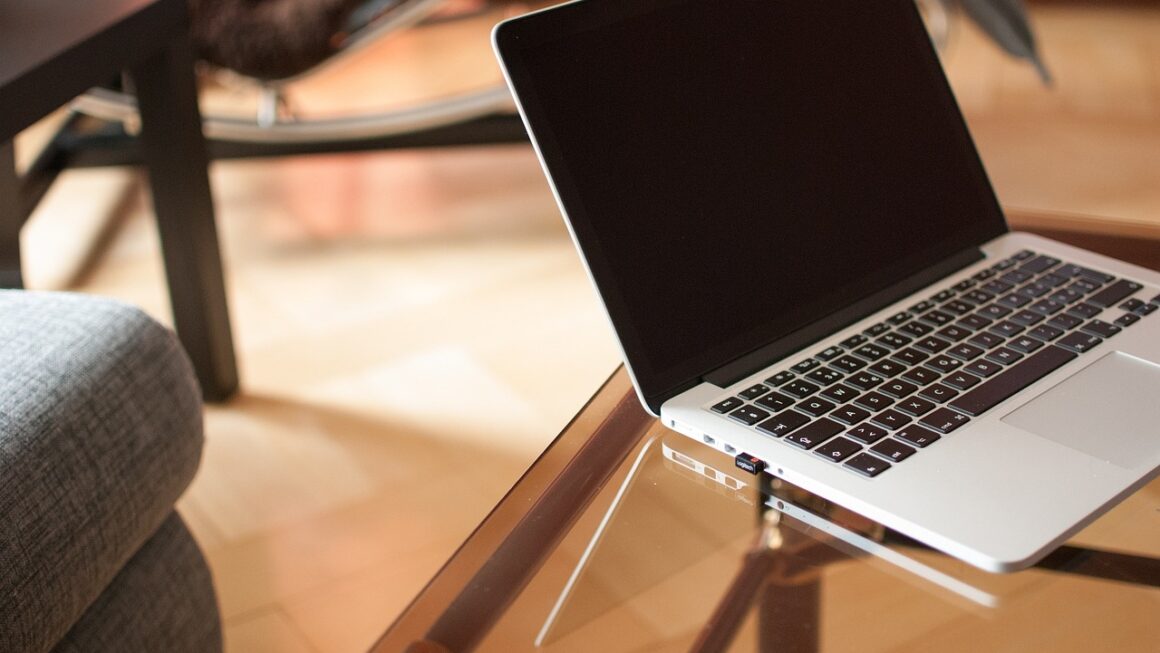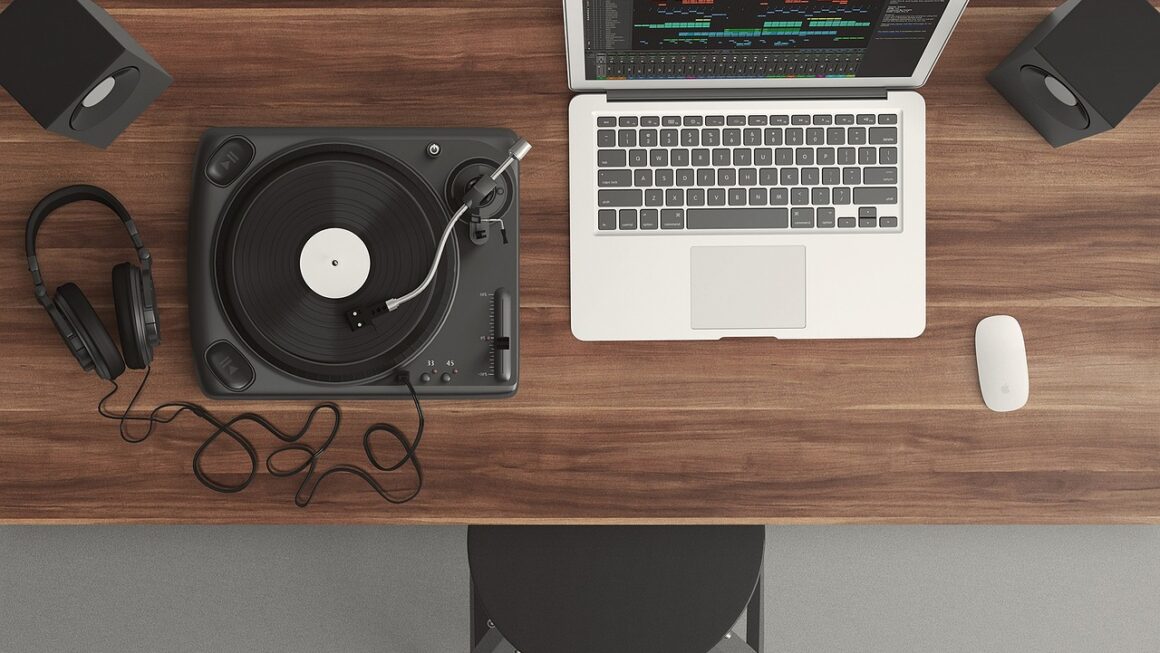Webcams have become indispensable tools in the modern world, connecting us with friends, family, and colleagues across vast distances. Whether you’re participating in a crucial business meeting, streaming your latest gaming session, or simply catching up with loved ones, a reliable webcam is essential. This blog post dives deep into the world of webcams, exploring their features, benefits, uses, and how to choose the perfect one for your specific needs.
Understanding Webcams: More Than Just Video
What is a Webcam?
At its core, a webcam is a digital video camera designed to transmit live video and audio over the internet. It captures visual data and converts it into a digital format that can be streamed to another device or platform. Webcams are commonly integrated into laptops, monitors, and tablets, but can also be standalone devices.
The Evolution of Webcams
Webcams have evolved significantly since their early, often grainy, iterations. Early webcams offered low resolutions and limited frame rates. Today, modern webcams boast high-definition (HD) or even ultra-high-definition (UHD) video, improved low-light performance, and advanced features like auto-focus and noise-canceling microphones. According to a recent report by Grand View Research, the global webcam market size was valued at USD 6.8 billion in 2022 and is expected to expand at a compound annual growth rate (CAGR) of 10.6% from 2023 to 2030.
Key Components of a Webcam
Understanding the components of a webcam can help you make an informed purchasing decision:
- Lens: Captures the image and focuses it onto the image sensor. Lens quality significantly affects image clarity and sharpness.
- Image Sensor: Converts light into an electrical signal, which is then processed into a digital image. Common image sensor types include CMOS and CCD.
- Microphone: Captures audio and transmits it along with the video. Some webcams have multiple microphones for better sound quality and noise reduction.
- Processing Chip: Processes the image and audio data before sending it to the computer.
- Connectivity: Usually USB, connecting the webcam to your computer for power and data transfer. Some webcams use wireless connections like Bluetooth or Wi-Fi.
Why You Need a Good Webcam
Enhanced Communication and Collaboration
In today’s remote work environment, a high-quality webcam is crucial for effective communication and collaboration. It allows you to:
- Participate in video conferences with clear video and audio, making meetings more engaging.
- Present yourself professionally during virtual job interviews.
- Collaborate with team members on projects, providing a more personal and interactive experience.
Streaming and Content Creation
For streamers and content creators, a reliable webcam is an essential tool for connecting with their audience and creating engaging content. It enables you to:
- Stream live gameplay, tutorials, or vlogs with high-quality video and audio.
- Engage with your audience in real-time, building a strong community.
- Create professional-looking videos for platforms like YouTube and Twitch.
Staying Connected with Loved Ones
Webcams are invaluable for staying connected with family and friends, especially those who live far away. They allow you to:
- Have face-to-face conversations with loved ones, making the experience more personal than phone calls or text messages.
- Share special moments with family and friends in real-time, such as birthdays or holidays.
- Connect with elderly relatives who may have difficulty traveling.
Choosing the Right Webcam: Factors to Consider
Resolution and Frame Rate
Resolution and frame rate are crucial factors determining video quality.
- Resolution: Higher resolution means a sharper, more detailed image. Common resolutions include 720p (HD), 1080p (Full HD), and 4K (Ultra HD). 1080p is generally recommended for most users.
- Frame Rate: Measures how many frames are captured per second (fps). A higher frame rate results in smoother video. 30fps is generally considered the minimum for smooth video, while 60fps is ideal for streaming and gaming.
Audio Quality and Noise Cancellation
Good audio quality is just as important as video quality. Look for webcams with:
- Built-in microphones with noise cancellation technology to reduce background noise.
- Multiple microphones for better sound pickup and clarity.
- The ability to connect an external microphone for even better audio quality.
Field of View (FOV) and Zoom
The field of view determines how much of the scene is captured by the webcam, while zoom allows you to focus on specific areas.
- Field of View: A wider FOV is useful for group video calls or capturing a larger area.
- Zoom: Optical zoom provides better image quality than digital zoom.
- Consider a webcam with adjustable FOV if you need flexibility in framing your shots.
Advanced Features
Some webcams offer advanced features that can enhance your experience:
- Auto-Focus: Keeps the image sharp and clear, even if you move around.
- Low-Light Correction: Improves image quality in poorly lit environments.
- Privacy Shutter: Covers the lens when the webcam is not in use, providing added security and privacy.
- AI-Powered Features: Some webcams use AI to automatically adjust framing, enhance image quality, and track your movements.
Example Webcams and Their Uses
Here are a few examples of popular webcams and their ideal uses:
- Logitech C920s: A versatile webcam suitable for general use, including video conferencing and streaming. Offers 1080p resolution and autofocus.
- Razer Kiyo Pro: Excellent for streaming due to its adaptive light sensor and high frame rate.
- Logitech Brio Ultra HD Pro: Ideal for professional use, offering 4K resolution and advanced features like HDR.
- Anker PowerConf C300: Great for business meetings with AI noise cancellation and auto-framing capabilities.
Optimizing Your Webcam Setup for Best Results
Lighting
Proper lighting is crucial for achieving the best possible image quality from your webcam.
- Natural Light: Position yourself near a window for natural light, but avoid direct sunlight, which can cause harsh shadows.
- Artificial Light: Use a softbox or ring light to provide even and flattering light.
- Three-Point Lighting: A professional lighting setup using a key light, fill light, and backlight can significantly improve your appearance on camera.
Positioning
Proper positioning ensures you look your best on camera.
- Eye Level: Position the webcam at eye level to create a natural and engaging look.
- Background: Choose a clean and uncluttered background that is not distracting.
- Framing: Frame yourself so that your head and shoulders are visible in the shot.
Software and Drivers
Keeping your webcam’s software and drivers up to date is essential for optimal performance.
- Driver Updates: Regularly check for driver updates from the manufacturer’s website.
- Webcam Software: Use the webcam’s software to adjust settings like brightness, contrast, and white balance.
- Third-Party Software: Explore third-party software options for advanced features like virtual backgrounds and facial filters.
Troubleshooting Common Webcam Issues
Webcam Not Detected
If your webcam is not detected by your computer, try the following:
- Check the USB connection.
- Restart your computer.
- Update your webcam drivers.
- Check your computer’s privacy settings to ensure the webcam is enabled.
Poor Video Quality
If you’re experiencing poor video quality, try the following:
- Adjust the lighting.
- Check your internet connection.
- Close other applications that may be using bandwidth.
- Adjust the webcam’s settings in the software.
Audio Problems
If you’re having audio problems, try the following:
- Check the microphone settings in your computer’s control panel.
- Ensure the microphone is not muted.
- Try using an external microphone.
- Update your audio drivers.
Conclusion
Choosing the right webcam can significantly enhance your communication, collaboration, and content creation capabilities. By understanding the key features, considering your specific needs, and optimizing your setup, you can ensure a seamless and professional experience. Whether you’re participating in virtual meetings, streaming your favorite games, or staying connected with loved ones, a high-quality webcam is a worthwhile investment in today’s digital world.




